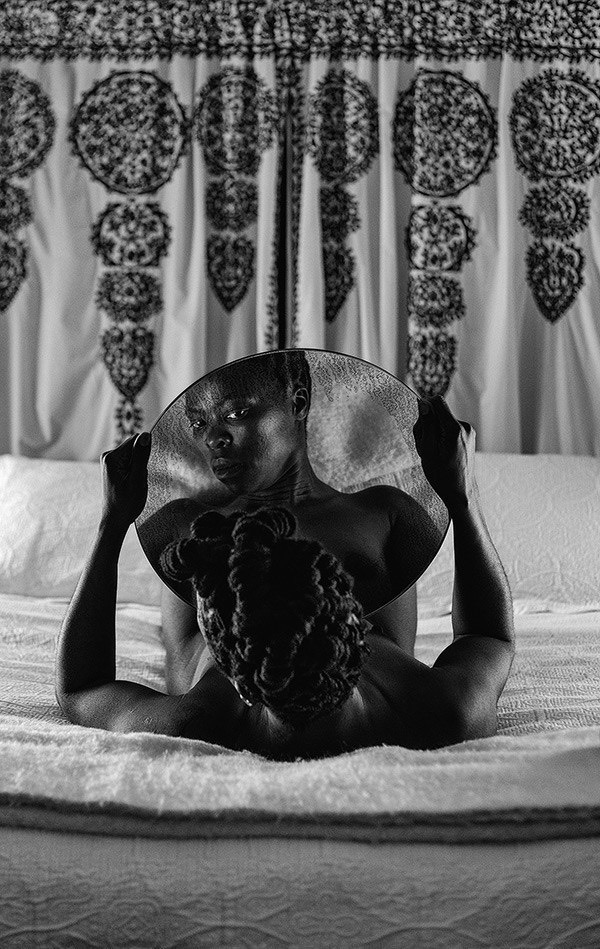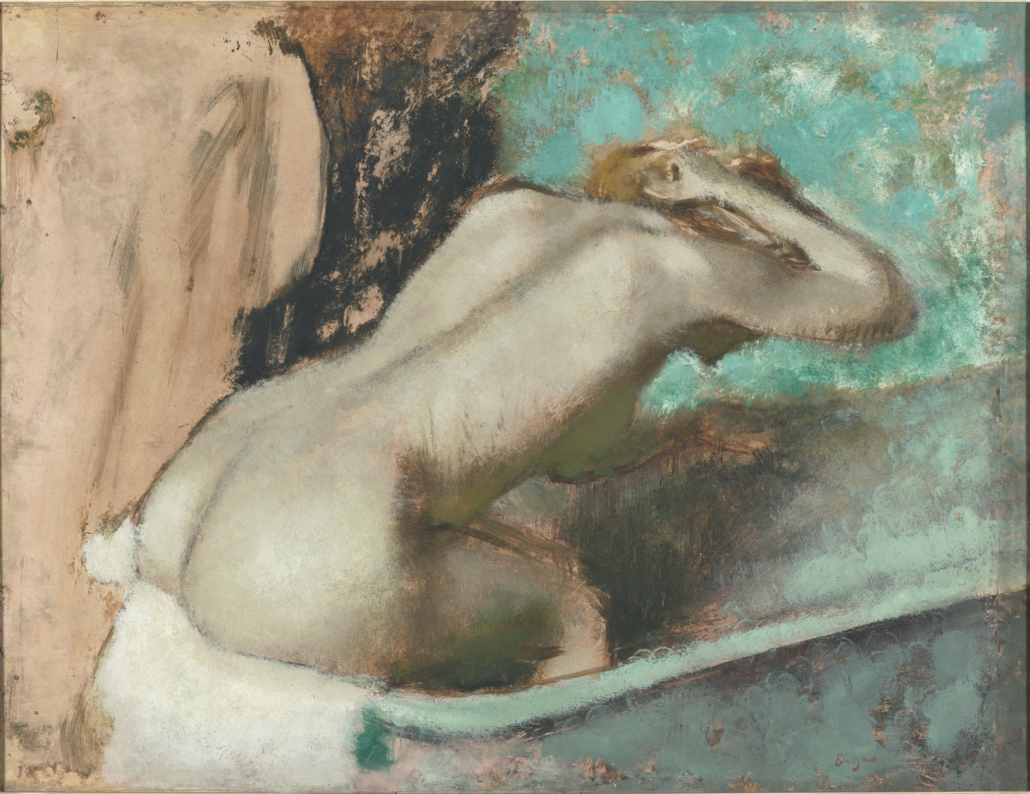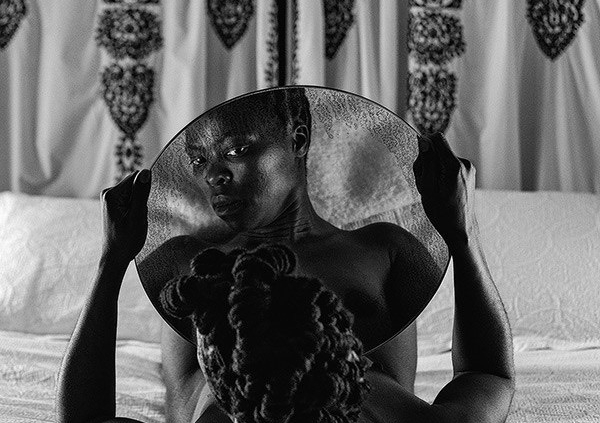Intimacy
From the Chamber to social networks

A fascinating journey into the heart of our secret gardens through a history of intimacy from the 18th century to the present day! 470 works, paintings and photographs, as well as decorative, everyday and design art objects, reveal how intimacy has evolved. From the bedroom seen by Henri Cartier-Bresson or Nan Goldin, from wrought iron beds of the 19th century to the Bouroullec Brothers’ box bed, from the commode to the women’s urinal, from objects from the dry toilet to the bathroom, from aristocratic beauty to mass consumption, from licentious books to sex toys, from the Walkman to social networks and influence, including surveillance and protection tools, the exhibition shows how intimacy has become established and then profoundly changed. The boundaries between private and public have become more blurred and porous, giving rise to many debates.

In the 19th century, with the emergence of a bourgeois class, professional and family life separated: women were then mistresses of the domestic and the intimate. Painters, mainly male, such as Edouard Vuillard, who opened the path, often represented them in their interiors. It was only gradually, thanks to feminist revolutions, that the “mystified woman” shown in Betty Friedan’s book dissociated herself from the enclosed space.

The exhibition continues in the nave with a spectacular scenography centered on twenty-five masterpieces of 20th-century design around the theme of the nest and shared intimacy. Design from the 1950s to today, through seats, sofas and beds, illustrates a constant dialectic between a desire for isolation and a chosen promiscuity. Pieces such as Eero Saarinen’s Womb Chair bear witness to the protective withdrawal of the 1950s and 1960s, while creations by Superstudio, Archizoom and Memphis reflect the desire for gathering typical of the 1960s and 1970s.
.

The tour continues at the back of the nave and in the galleries of the rue de Rivoli, addressing six themes that explore the most contemporary changes, from sexuality to social networks, including content creation and surveillance techniques. It also questions the issue of intimacy in times of precariousness and ends in a room dedicated to the most precious of intimacy, this conversation with oneself that the personal diary offers. Finally, a work by Thomas Hirschhorn, quoting the philosopher Simone Weil, invites us to reflect on the possibilities of social networks and to consider a new humanism.


